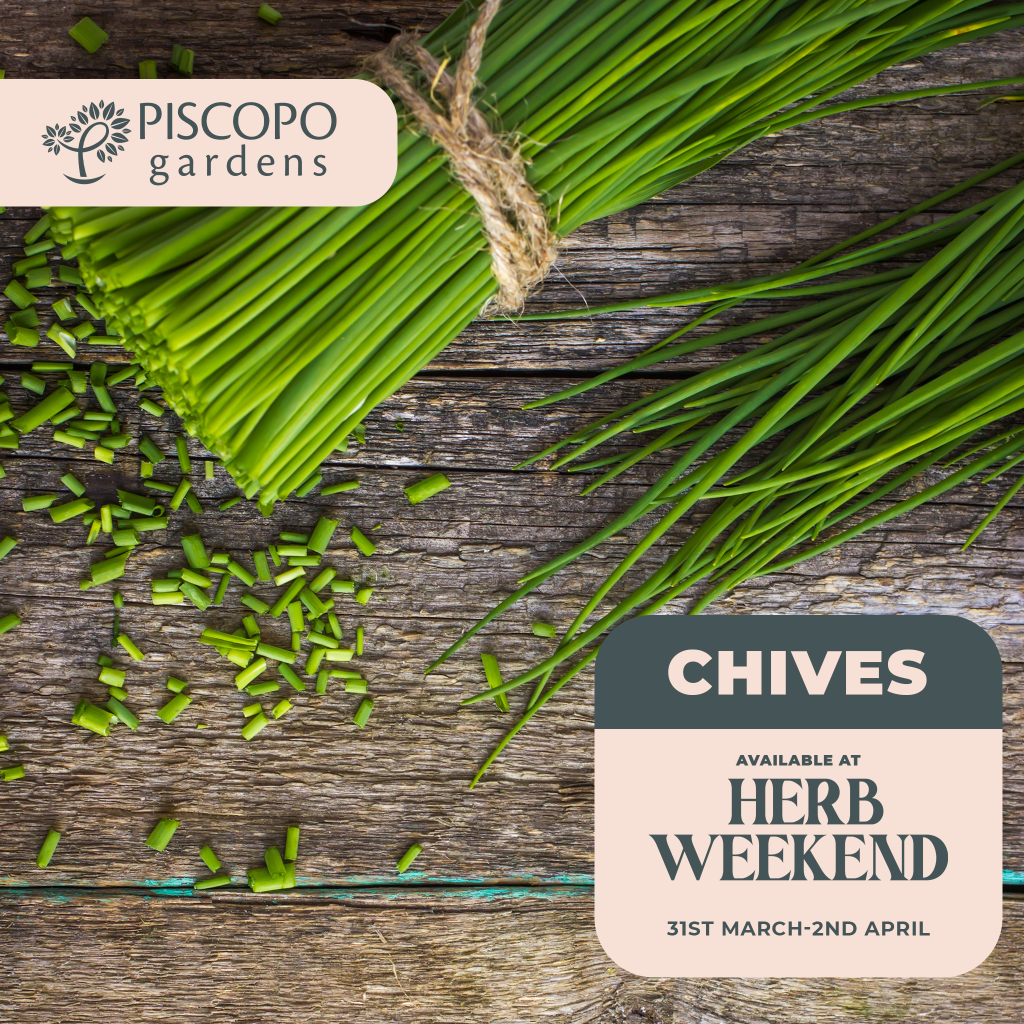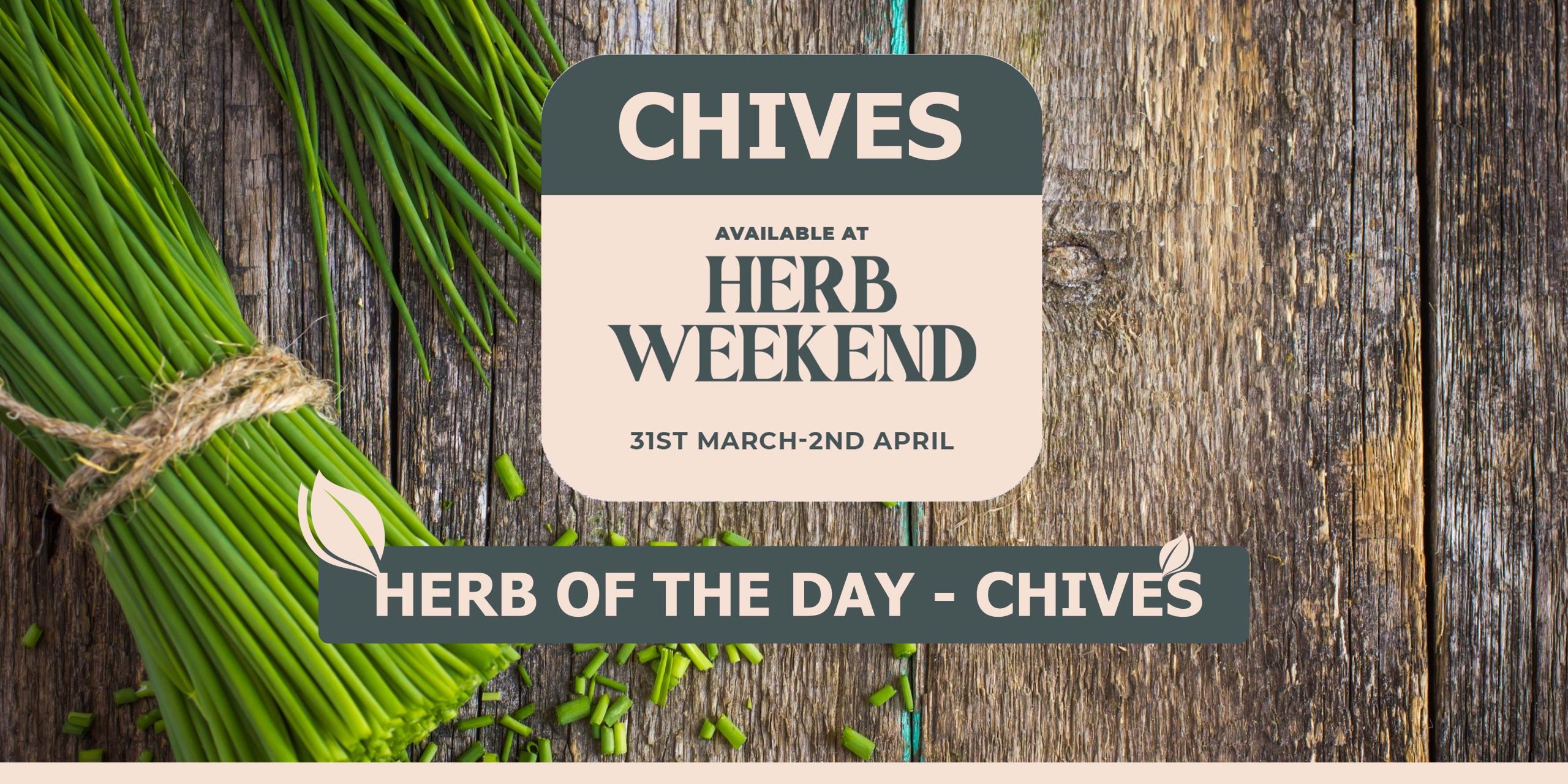
Culinary Guide to Chives: Benefits and Uses
One of the most popular and ubiquitous herbs in the world today, chives have a rich culinary history going back thousands of years. While this small, flavorful allium could be considered the runt of the onion family, chives have cultivated a larger-than-life reputation over the millenniums, and have long been prized for more than just their pleasant flavor.
With origins spread throughout Greece, China, and Siberia dating back to 3,000 BC, chives have had many uses throughout their history. In ancient Siberia, chives were considered a great aphrodisiac and used as a gift to the gods; in ancient Rome, they were consumed to cure sore throat and other bodily pains; and in Medieval Europe, chives were hung in bunches around gardens and homes to ward off both insects and evil spirits.
Today, chives are best known as a universal garnish, giving a hint of flavor and color to a wide range of savory dishes, from seafood and poultry to eggs and cheese, and everything in between.
What Are Chives?
A close relative of garlic, scallions, shallots, and leeks, chives—or allium schoenoprasum—are a thin, grass-like member of the allium family. With a subtle oniony flavor, chives have become one of the most widely used garnishes in the world and can be found in most grocery stores and farmer’s markets. Chive plants also produce edible purple flowers known as chive blossoms, which are typically trimmed during harvest.
What Do Chives Taste Like?
The mild flavor of chives is reminiscent of two of its closest relatives: onions and garlic. The primary flavor of chives is onion with a slight garlicky note. However, chives have a far more delicate flavor than both of these more aggressive ingredients and are therefore used primarily as a garnish, rather than throughout the cooking process.
What Do Chives Look Like?
In comparison to green onions and scallions, which have larger, longer, and wider leaves, chives can be recognized by the following:
- Thin, hollow grass-like leaves.
- A vibrant green color.
- No white bulb at the end when sold.
Are Chives Onions?
Although chives are a relative of onions in the allium family and resemble green onions, they are not one in the same, as chives are herbs and onions are vegetables. While green onions and chives can be used similarly in the kitchen, the two ingredients can’t always be used interchangeably as there are notable flavor and texture differences between the two.
While green onions have a bolder flavor and are used throughout the cooking process, chives are typically only served raw or very gently cooked given their milder flavor. Chives are also smaller than green onions and have a slightly softer texture, making them the more ideal ingredient for garnishing.
What Is the Growing Season for Chives?
A perennial herb that will grow back year after year, chives are available year-round at farmer’s markets and grocery stores. This hardy herb can withstand a number of weather conditions, from drought to frost, and is typically planted in either early spring, just after the last frost, or late summer. Throughout the spring and summer, chives can be harvested every 30-60 days. The best-growing conditions for chives are cool, moist soil with full sun exposure.
In addition to their culinary uses, chives are also a beneficial plant to the well-being of any garden, as chive flowers attract beneficial insects and repel other garden pests and harmful insects.
3 Different Types of Chives
Although the most widely used form of chives are onion chives (a.ka. common chives), there are three other varieties that can be found around the world:
1. Garlic chives
2. Siberian garlic chives
3. Giant Siberian chives
What’s the Difference Between Garlic Chives and Chives?
Garlic chives, also known as Chinese chives, Asian chives, Chinese leeks, or the Latin allium tuberosum are a common form of chive native to southern China. This variety of chives, which has been used in Chinese cooking for thousands of years, are distinct from common chives in both flavor and appearance.
Flavor. As their name suggests, garlic chives have a more pronounced garlicky flavor than onion chives and are used to give dishes a subtle hint of garlic. Chinese chives also have a more vegetal flavor than common chives and therefore are more commonly cooked into a dish, rather than served raw as a garnish.
Appearance. While similar in appearance to onion chives, garlic chives can be identified by their flat leaves and strong, garlicky fragrance. Garlic chives also produce white flowers, which can also be used in cooking and have a fairly strong garlicky flavor.
Common culinary uses for garlic chives include traditional Asian dishes like pork and chive potstickers, stir-frys, and spring rolls. Garlic chives are also popular in Korean cuisine and are used in dishes like buchujeon (garlic chive pancakes) and jaecheopguk (a clear, clam soup). They can also be used similarly to onion chives, to lend a delicate garlic flavor to salad dressings, egg dishes, and more.
How to Select Chives
When purchasing chives from a farmer’s market or grocery store, look for fresh-looking bright green chives with a light, oniony scent. Avoid any chives that appear slimy or wilted, or that give off a potent onion odor.
If purchasing garlic chives, take note of the flower bud at the top of each leaf, which should be tightly closed. If the flower has opened, it is an indication the chives are older and no longer good to eat.
How to Store Chives
Fresh chives should be wrapped in paper towels and stored in a plastic bag in the refrigerator crisper for up to three days. Chives can also be frozen to extend their lifetime by snap-freezing them on a baking tray in the freezer before storing them in an airtight freezer-proof bag.
How to Chop Chives
To properly chop chives, align the bunch in a pile and wrap a rubber band around the leaves to keep them tightly together. Hold a sharp chef’s knife perpendicular to the length of the chives and use a rocking motion across the leaves to chop the chives as thinly as possible. As an alternative, hold the bunch of chives firmly in one fist and use a sharp pair of kitchen shears to roughly trim off thin pieces of the leaves.
3 Culinary Uses of Chives
With a mild, complimentary flavor, chives are a fantastic addition to a countless variety of dishes.
1. Garnish. Due to their delicate flavor, chives are typically used in their raw state and added at the end of cooking or as a garnish, as long cooking times or high heat can deplete the already mild taste of this herb.
2. Seasonings. Chives are commonly paired with tarragon, parsley, and chervil to create the classic French seasoning fines herbes, or are used on their own to garnish dishes ranging from omelets and deviled eggs to fish and salads.
3. Sauces. In other parts of the world, onion chives have a wide range of uses. While in the U.S. chives are commonly paired with seafood dishes or tucked into rich cream cheese to be slathered on bagels, in Sweden, they’re an important ingredient in the gräddfil sauce that dresses a traditional celebratory herring dish. In Poland, Russia, and Germany chives are often paired with quark or tvorog cheese. Chives are also a popular addition to cream-based sauces and flavored butter, cold salads—like egg, chicken, and tuna—and flavorful vinaigrettes. In addition to adding flavor, chives also add a pleasant visual effect as a garnish.
Can You Substitute Chives?
Although scallions and green onions are distinct from chives, they can be used as an effective substitute for the herb, both visually and flavor-wise. To best replicate the flavor of the chives, use only the green tops of the onion and half the quantity, as the onion flavor is more potent than that of the chives. While you can also opt to use leeks or other forms of onion, the flavor will likely be significantly different.
11 Recipe Ideas With Chives
1. French Omelette with Chives: A classic french omelette garnished with chopped chives.
2. Baked Potatoes: Oven-baked potatoes topped with butter, sour cream, and chives.
3. Chive Pesto: A pesto sauce comprised of chopped chives, basil, olive oil, pine nuts, garlic, and red onion. Serve with pasta or spring vegetables.
4. Chive-Stuffed Chicken: Baked chicken breast stuffed with cream cheese and chive mixture.
5. Garlic Chive Whipped Butter: Softened butter whipped with minced fresh chives and garlic, served with warm bread or rolls.
6. Chive Crab Cakes: Crab cakes made with crabmeat, flour, bread crumbs, egg, chives, and seasoning, and fried in a nonstick skillet.
7. Chive and Cheese Scrambled Eggs: Eggs scrambled with fresh chives and cream cheese and cooked low and slow.
8. Pork and Chive Potstickers: A pork and garlic chive mixture folded into pot sticker wrappers and steamed or fried.
9. Sour Cream and Chive Mashed Potatoes: Creamy mashed potatoes combined with sour cream and chives.
10. Chive Baked Fries: Oven-baked fries tossed in olive oil, chives, garlic, and parmesan before baking.
11. Savory, Chive-Topped French Toast: French toast soaked in egg, milk, parmesan, and chives and finished with melted gruyere cheese and fresh chives.
Source: https://www.masterclass.com/articles/how-to-cook-with-chives







